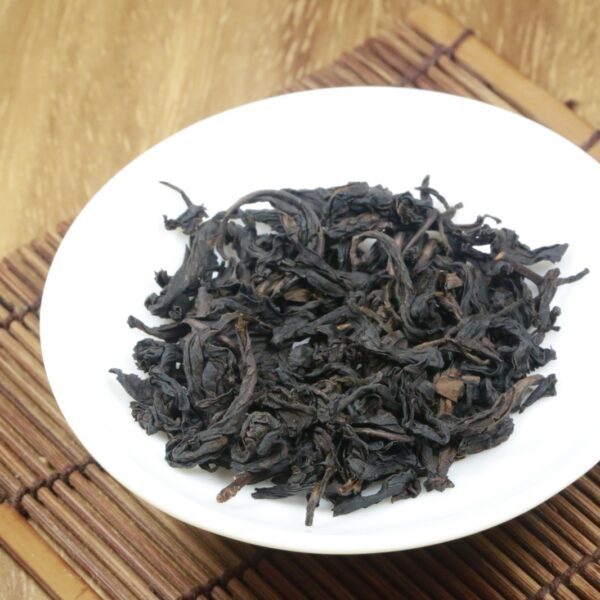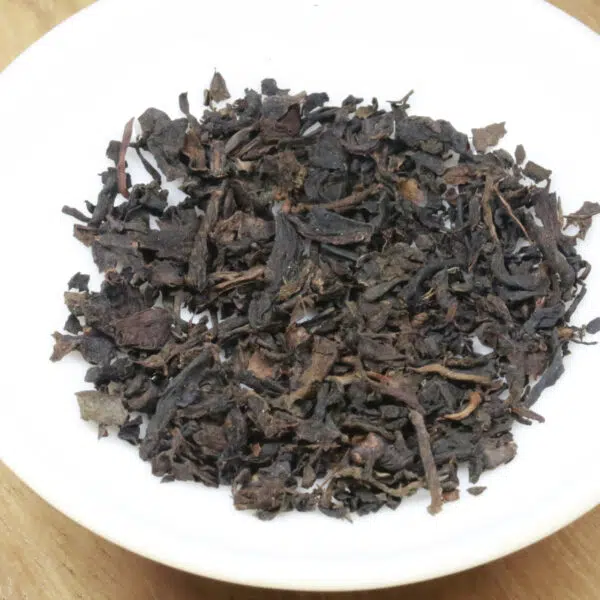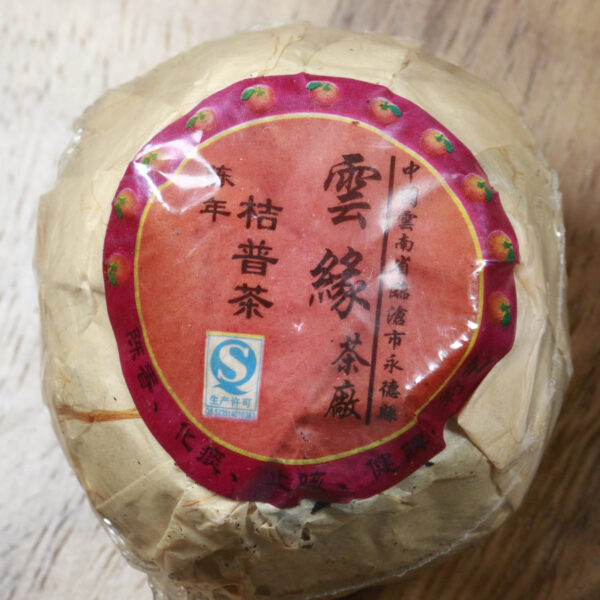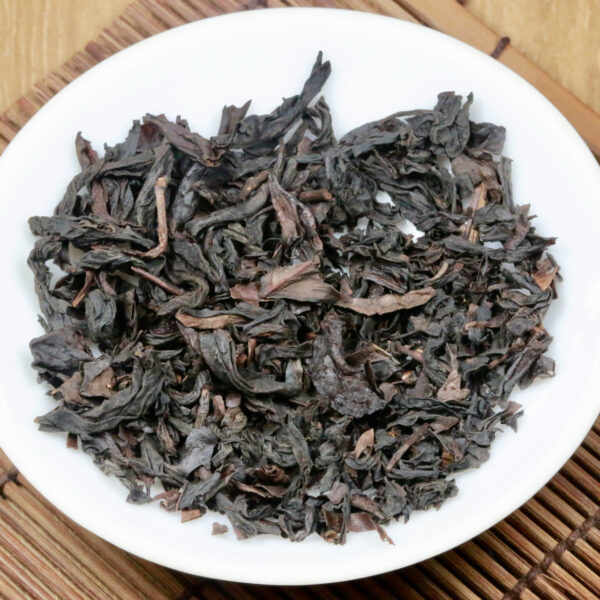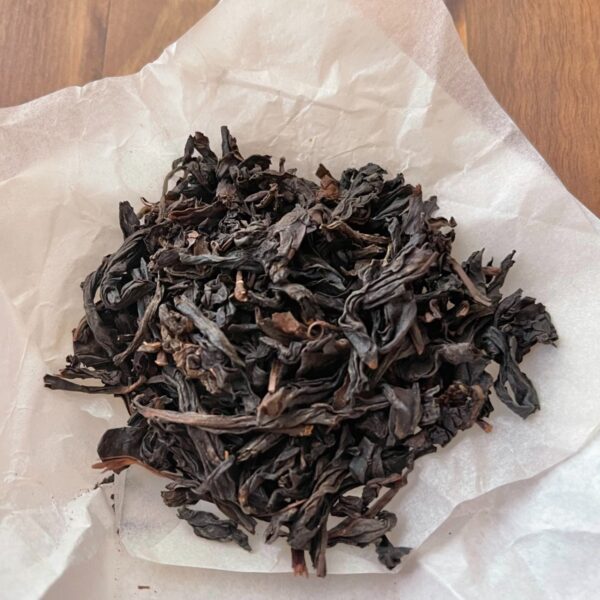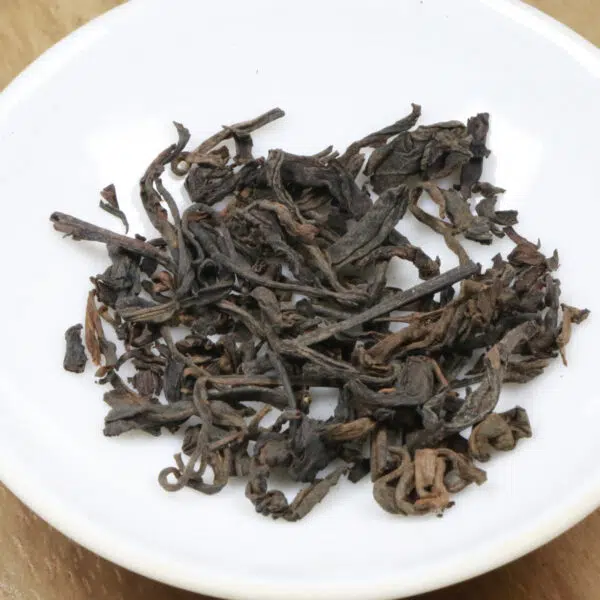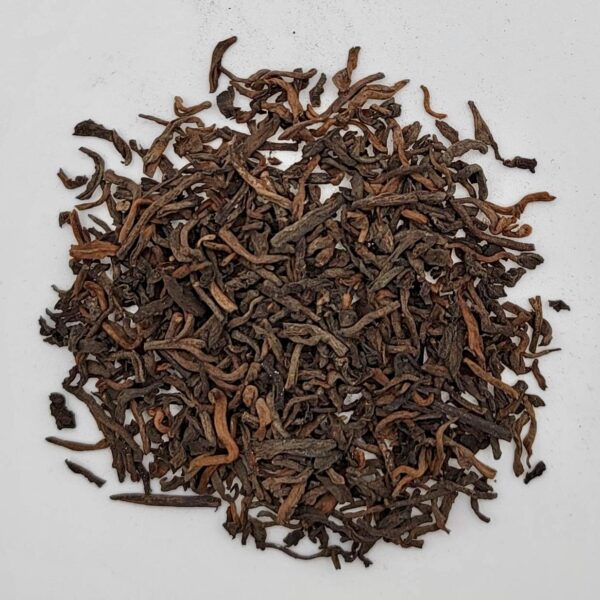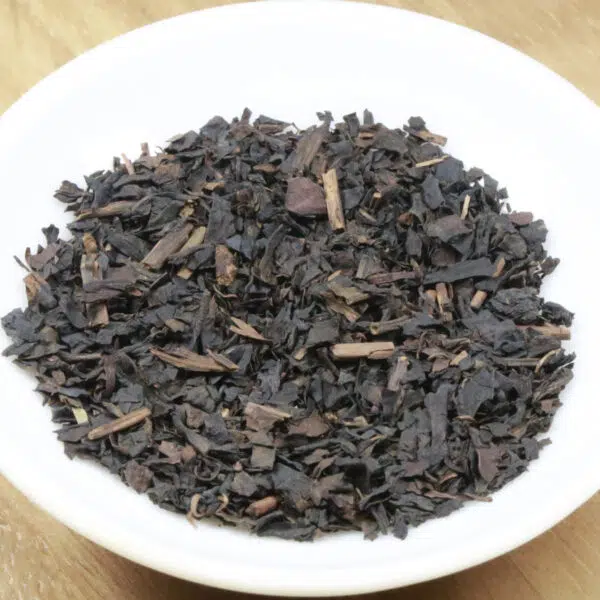Qi»1980s Tea
1980s Tea
Tea production in the 1980s experienced significant changes in both China and Taiwan. Following the Cultural Revolution, many tea farms prioritized mass production, resulting in lower quality until the late ’70s. However, from the late ’70s through the ’80s, farms refocused on producing premium exports like Tongxing Puerh, Gongting Puerh, and Baizhen Jinlian Puerh, leading to a resurgence in high-end Puerh teas.
In Taiwan, Oolong production saw a revival during this period. Farmers, many of whom had fled mainland China, crafted high-quality roasted and oxidized Oolongs, anticipating an open Chinese export market.
The products below represent this pivotal era in tea production.
-
- Out of Stock
Aged Baozhong Tea
- $17.00 – $68.00
- Aged Baozhong Tea from the early 1989s. Taiwan Wenshan District Baozhong that is gourmet level quality and carefully stored.
- Select options This product has multiple variants. The options may be chosen on the product page
-
-
- Sale!
Aged Liu An Tea from the 1980s
- $21.00 – $85.00
- Aged Liu A Tea for Sale. 40 Year Plus Aged Liu An Heicha from the early 1980s.
- Select options This product has multiple variants. The options may be chosen on the product page
-
Aged Mandarin Orange Puerh Tea from the 1980s
- $17.00 – $68.00
- This Puerh Uses Ripe Puerh from 1980s Stuffed Inside Chinese Mandarin Oranges. The Result is a Savory, Fruity and Strong Qi Puerh that is Incredible.
- Select options This product has multiple variants. The options may be chosen on the product page
-
Aged Shuixian Oolong from Early 1980s
- $72.00 – $287.00
- Select options This product has multiple variants. The options may be chosen on the product page
-
- Sale!
Aged Tieluohan Oolong Tea from 1980
-
$175.00Original price was: $175.00.$145.00Current price is: $145.00. - Select options This product has multiple variants. The options may be chosen on the product page
-
Aged Tongxing Puerh Tea from 1980
- $129.00
- Select options This product has multiple variants. The options may be chosen on the product page
-
Bai Zhen Jin Lian Puerh Tea Aged from 1980
- $20.00 – $79.00
- Aged Bai Zhen Jin Lian Puerh Tea from 1980. One of the Best Aged Puerhs from that Era and a Fan Favorite at Qiful Life. Ships Directly from USA. 25 Gram Amounts.
- Select options This product has multiple variants. The options may be chosen on the product page
-
- Sale!
Gourmet Liubao Tea Aged from the 1980s
- $19.00 – $75.00
- This Aged Liubao Heicha from 1980 captures the essence of dark tea making in China during the 1980s. Smoke and earthy, yet smooth to consume. A tea history lesson through each sip.
- Select options This product has multiple variants. The options may be chosen on the product page

